Laundromat playground
You often hear in the real estate profession that the key to any home is location, location, location. Over the past 17 years PlaySafe, LLC staff have audited playgrounds in many different settings and used a multitude of playground regulations. ASTM International (ASTM) and the U.S. Consumer Product Safety Commission (CPSC) have developed diverse documents for the many situations that playground equipment is found. The following is a listing of which documents you should use for which playground equipment. Not all situations have been covered and sometimes playgrounds are a hybrid of different types.
The ASTM F1487 and CPSC “Handbook for Public Playground Safety” Publication Number 325 should be used as described in their Scope Sections “for public playgrounds.” This would include areas such as:
- Government – City, County, State, and National; Special Districts (parks and recreation and even water authorities); Department of Transportation Rest Stops; Military Facilities; and Housing Authorities
- Some Museums – if they have outdoor playgrounds like you would see in a park or school
- Home Owners Associations
- Child Development Centers – for children over 2 years old
- Schools - Private and Public
- Apartment Complexes
- Professional Sports Stadiums
- Some Restaurants – if they have outdoor playgrounds like you would see in a park or school
- Train Stations – Amtrak has a playground at a station in Bakersfield, California
- Religious Organizations – Churches and Synagogues
- Camping Sites – Government and Non-Government
- Mobile Home Communities
- Other Facilities – For example: the laundromat shown in the above photo
The ASTM F2373 and CPSC “Handbook for Public Playground Safety” Publication Number 325 provide direction for Public Use Play Equipment for Children 6 Months through 23 Months in areas such as:
- Child Development and Child Care Centers
- Religious Organizations – Churches and Synagogues
- Military Facilities
The ASTM F1918 should be used for Soft Contained Playgrounds (playgrounds that utilize pliable material(s) (for example, plastic, netting, or fabric). This includes:
- Some Restaurants – Burger and Pizza places, for example
- Some Museums
- Shopping Malls
- Some Indoor Child Care Centers
The ASTM F1148 and CPSC Publication Number 323 provide direction for Home Playground Equipment.
- Private Homes
It is vital to know what type of setting your playground equipment is in and apply the correct standard.
The above mentioned CPSC publications can be found at: http://www.cpsc.gov and the ASTM at: http://www.astm.org.
In 1997, a group of Parks and Recreation, Physical Education and private recreation professionals formed PlaySafe, LLC to provide resources that were not readily available to the public and private sectors. Today, PlaySafe, LLC is the largest, most respected and highly skilled playground, surfacing and ball field safety auditing firm in the United States. Our staff members are experts in playground safety, athletic field testing, bleacher inspections, master plans, feasibility studies and program development. Our training and seminars are informative and will make your organization the best it can be. PlaySafe, LLC staff includes Parks and Recreation, Physical Education and Community Health professionals with over 200 years of combined experience.
PlaySafe, LLC is the Premiere Recreational Consulting Company. PlaySafe, LLC assists municipalities, schools, childcare providers, communities and other recreation-providing entities by offering the following services throughout the United States: Playground Equipment and Surfacing Audits, Recreational Topic Seminars and Training, Recreation and Physical Education Plans, GMax Turf Testing, Bleacher Inspections, and Expert Witness Services.
Comments1


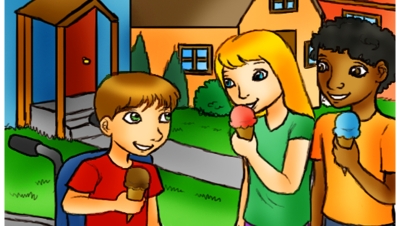
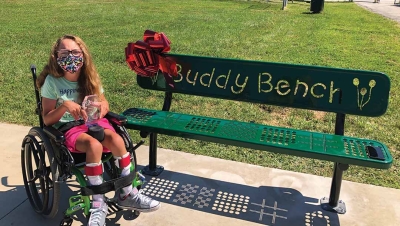
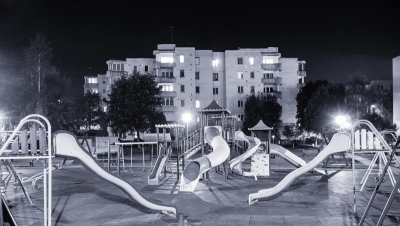


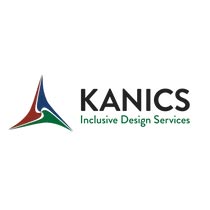
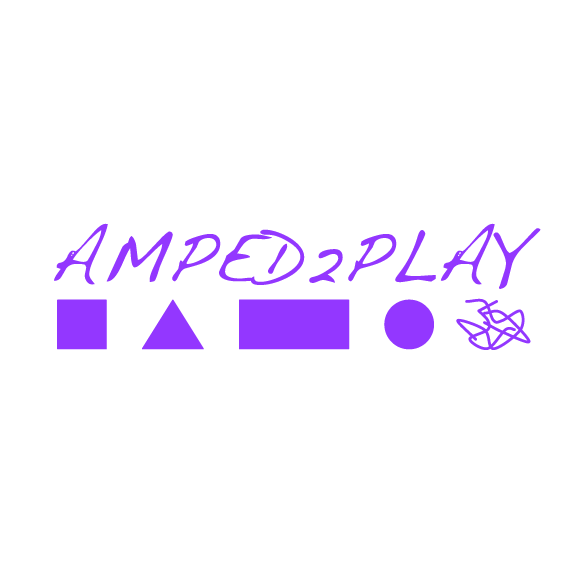
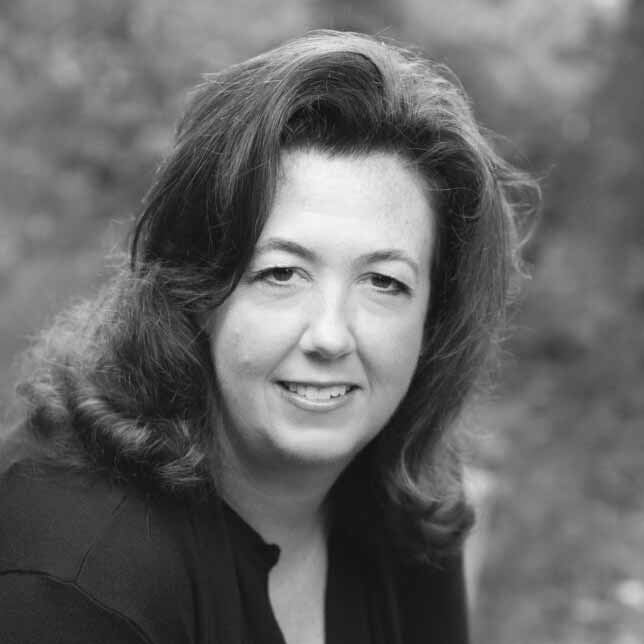

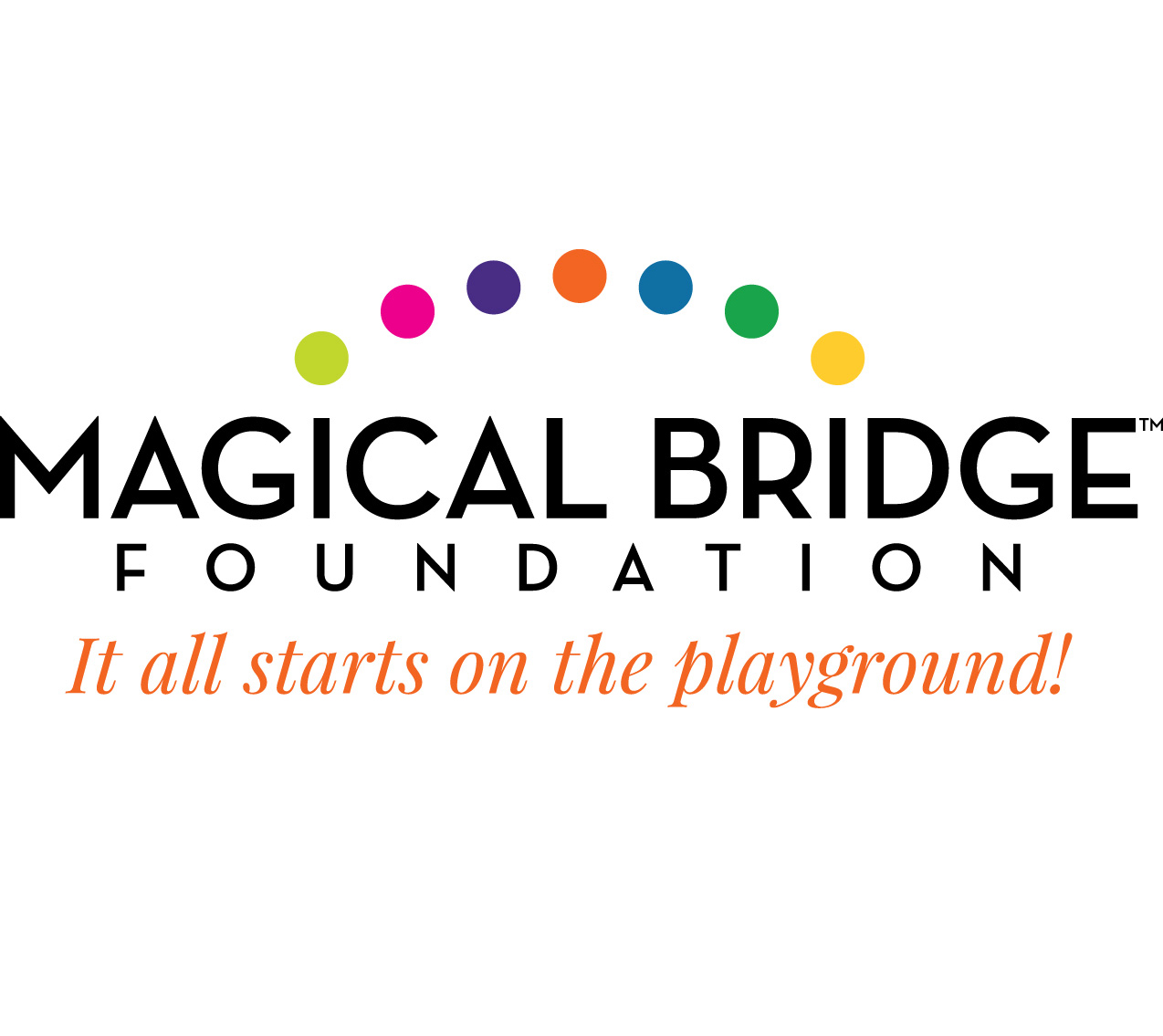
Add new comment